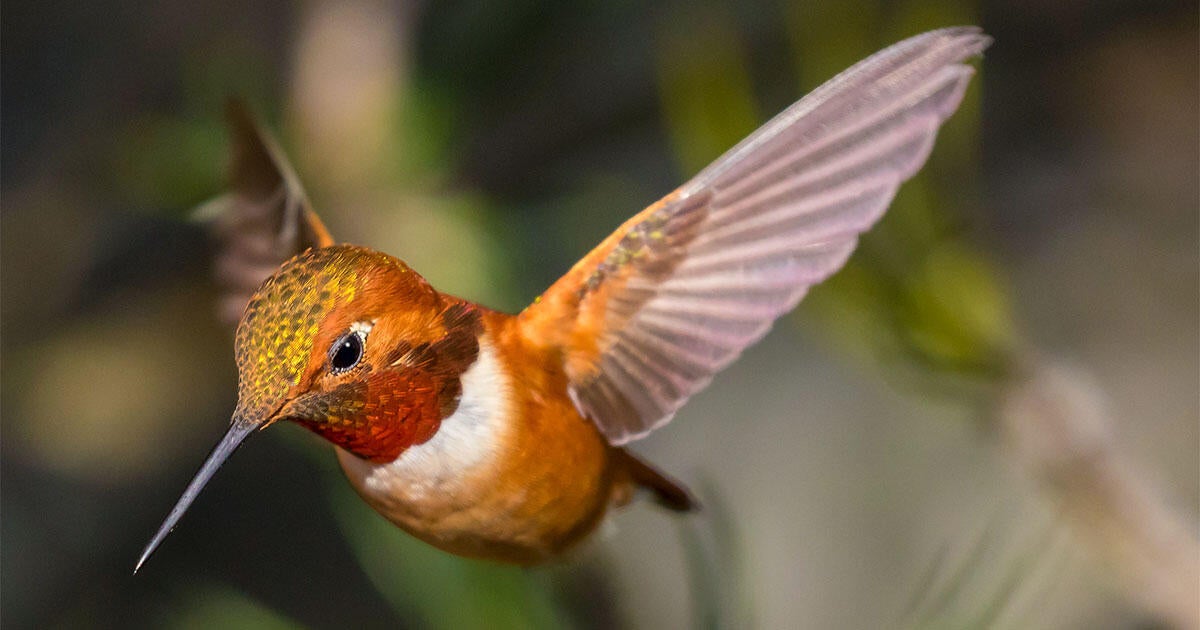
I've seen a high proportion of 'ABA area' birds but there are a few I'd still really like to get. Here's an approximate top 30:
1. Spectacled Eider
2. Montezuma Quail
3. Mountain Quail
4. Sage Grouse (either species)
5. Spruce Grouse
6. Ruffed Grouse
7. Black Rail
8. Mountain Plover
9. Bristle-thighed Curlew
10. Hudsonian Godwit
11. Rock Sandpiper
12. American Woodcock
13. Whiskered Auklet (and probably any of the Pacific alcids I've not seen)
14. Aleutian Tern
15. Black-capped Petrel
16. California Condor
17. Spotted Owl
18. Northern Saw-whet Owl
19. Black-backed Woodpecker
20. Grey Vireo
21. Grey-crowned and/or Brown-capped Rosy-finch
22. Smith's Longspur
23. McKay's Bunting
24. Black-chinned Sparrow
25. Five-striped Sparrow
26. Baird's Sparrow
27. Henslow's Sparrow
28. Nelson's or Saltmarsh Sparrow
29. Connecticut Warbler
30. Kirtland's Warbler
I guess I still have a few reasons to go back!
1. Spectacled Eider
2. Montezuma Quail
3. Mountain Quail
4. Sage Grouse (either species)
5. Spruce Grouse
6. Ruffed Grouse
7. Black Rail
8. Mountain Plover
9. Bristle-thighed Curlew
10. Hudsonian Godwit
11. Rock Sandpiper
12. American Woodcock
13. Whiskered Auklet (and probably any of the Pacific alcids I've not seen)
14. Aleutian Tern
15. Black-capped Petrel
16. California Condor
17. Spotted Owl
18. Northern Saw-whet Owl
19. Black-backed Woodpecker
20. Grey Vireo
21. Grey-crowned and/or Brown-capped Rosy-finch
22. Smith's Longspur
23. McKay's Bunting
24. Black-chinned Sparrow
25. Five-striped Sparrow
26. Baird's Sparrow
27. Henslow's Sparrow
28. Nelson's or Saltmarsh Sparrow
29. Connecticut Warbler
30. Kirtland's Warbler
I guess I still have a few reasons to go back!










